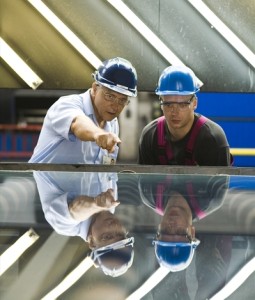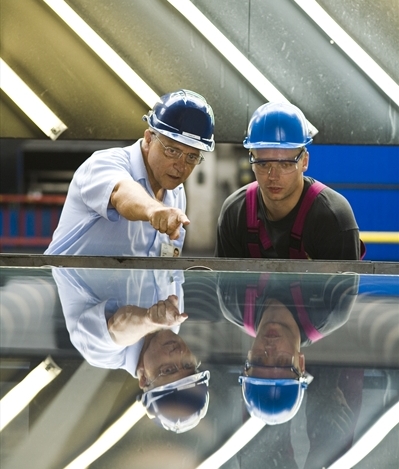
Balancing resources properly is critical if a production process is to be completed on time and to the expected quality. Engineers involved in production have to balance the factors of production very well for the desired outcome to be achieved and would learn these skills in any masters in engineering management class online.
Static and dynamic balance
Engineers have to balance things in two ways; they have to create static and dynamic balance. To illustrate, consider a situation where a work site has six work stations and where the output is the same over a period of days or weeks. However, it may be that for a few hours every day or on some days, the output varies because of differences in raw materials or variations in the production process.
These differences have to be managed to keep the production process on track and this is what is known as creating or restoring static balance. Static imbalance refers to long-term differences in production which can lead to underutilization of resources including raw materials and human resources.
There is also dynamic imbalance that arises from one of two scenarios. One is imbalance in the way the materials are used and another is changes in production time-lines. Such imbalances are usually short-term and last for just a few minutes, hours or a few days at the most.
Balancing human resources and machinery
Workstations have traditionally been seen as single entities. This has been the case even where there are different resources such as people and machinery are used in the production process. Resource management is more effective when production is undertaken with a specific person being assigned to a particular machine. This can work very well to balance production and even enhance it because one person can work on more than one machine.
This kind of balance is known as internal balance. It is all about balancing individual resources such as one worker or one machine to manage external demands and supplies.
Inherent balance
In balancing machinery, the goal is to ensure that each one is assigned the same quantity of work. This is known as inherent balance. The goal is to ensure that each machine is used to achieve maximum output.
It is important to note that trying to achieve this kind of balance and gunning for maximum output can be counteractive. Accountants and accounting systems always seek to maximize capital investments. Spending on additional equipment is therefore not encouraged if what is available is not being used to achieve maximum output.
Balancing human resources
Balancing human resources is even more important that achieving balance with equipment and machinery. Human resources are more costly and an imbalance can create dissent among the workers who provide this resource.
The way human resources are balanced is different from the way equipment and machinery are balanced. People are more flexible for instance in being moved from one work station to another. They can also perform more than one task. They can communicate with each other and voluntarily move or asked to be moved to carry out tasks for which they have more or better skills.
While having surplus machines in readiness for those that may become defective, the same cannot be done when it comes to people. Human resources can however be balanced by preparing for busy or peak periods and hiring additional seasonal staff.
Queuing
Queuing is another option of balancing human resources. Where operators have work stations that are permanent, queuing between them makes up for the variations from one cycle to another. However, if work times are not the same, queuing is not a single efficient way to achieve balance. As a lone measure, it works to balance out short term variations or those that are dynamic but it will not work for static variations that are long-term.
Floating balance
Another method is floating balance which works well when combined with queuing. It involves monitoring queues to determine the work stations that are keeping up and those that are lagging behind. Alternative operators are posted to slow work stations to bring them up to par. This may mean having extra workers at hand.
Circulation
There’s also what is known as the circulation method of balancing human resources. With this method, a worker moves with their work piece in sequence through all the operations. This is a method that is very flexible and that often works to create perfect balance. It requires that workers are trained to carry out multiple processes and that all or most work stations have surplus equipment.
Perfect balance
Balancing resources is no easy feat. It can be done however and it begins with getting the best engineering training. This can only be achieved at top ranked schools and it is best done when studies and training are done to the highest level of a Master’s Degree and Philosophy Doctorate degree. With these, success is assured.
- Phishing Email Analysis Landing Page - September 19, 2024
- BPI to hold Cybersecurity Conference to ‘Fortify Cyber-Resilience in an AI World’ - July 25, 2024
- New Smishing Campaign makes use of Globe SMS Sender ID - May 27, 2024

